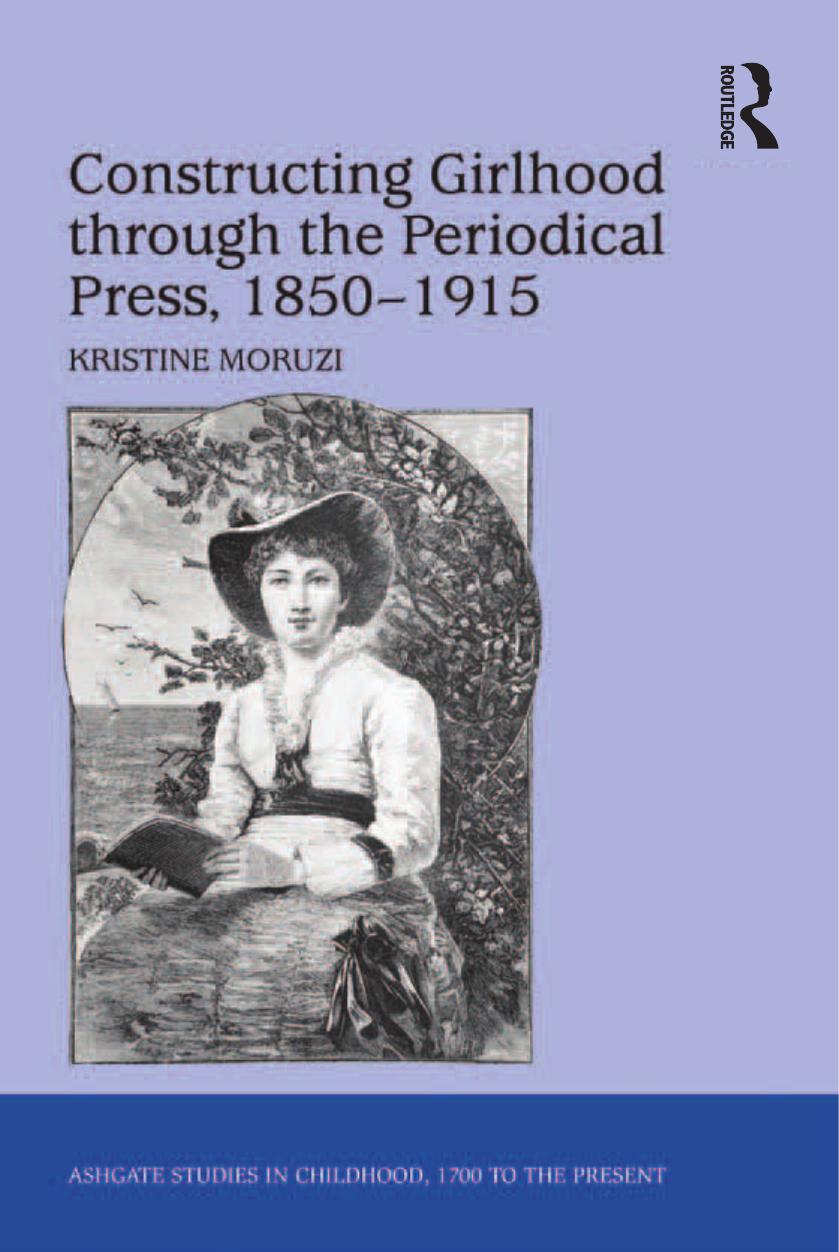

Most ebook files are in PDF format, so you can easily read them using various software such as Foxit Reader or directly on the Google Chrome browser.
Some ebook files are released by publishers in other formats such as .awz, .mobi, .epub, .fb2, etc. You may need to install specific software to read these formats on mobile/PC, such as Calibre.
Please read the tutorial at this link: https://ebookbell.com/faq
We offer FREE conversion to the popular formats you request; however, this may take some time. Therefore, right after payment, please email us, and we will try to provide the service as quickly as possible.
For some exceptional file formats or broken links (if any), please refrain from opening any disputes. Instead, email us first, and we will try to assist within a maximum of 6 hours.
EbookBell Team

4.7
96 reviewsFocusing on six popular British girls' periodicals, Kristine Moruzi explores the debate about the shifting nature of Victorian girlhood between 1850 and 1915. During an era of significant political, social, and economic change, girls' periodicals demonstrate the difficulties of fashioning a coherent, consistent model of girlhood. The mixed-genre format of these magazines, Moruzi suggests, allowed inconsistencies and tensions between competing feminine ideals to exist within the same publication. Adopting a case study approach, Moruzi shows that the Monthly Packet, the Girl of the Period Miscellany, the Girl's Own Paper, Atalanta, the Young Woman, and the Girl's Realm each attempted to define and refine a unique type of girl, particularly the religious girl, the 'Girl of the Period, ' the healthy girl, the educated girl, the marrying girl, and the modern girl. These periodicals reflected the challenges of embracing the changing conditions of girls' lives while also attempting to maintain traditional feminine ideals of purity and morality. By analyzing the competing discourses within girls' periodicals, Moruzi's book demonstrates how they were able to frame feminine behaviour in ways that both reinforced and redefined the changing role of girls in nineteenth-century society while also allowing girl readers the opportunity to respond to these definitions